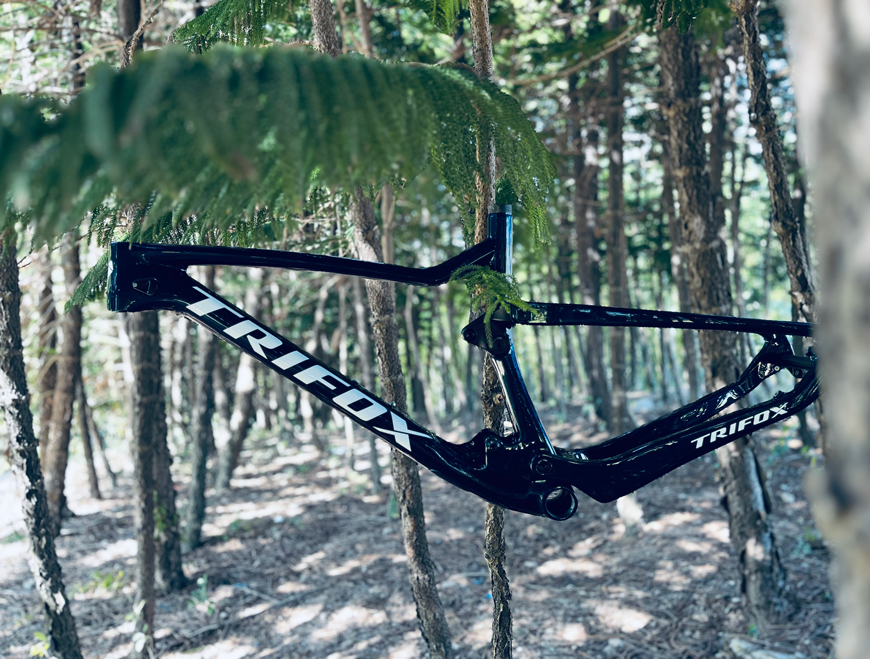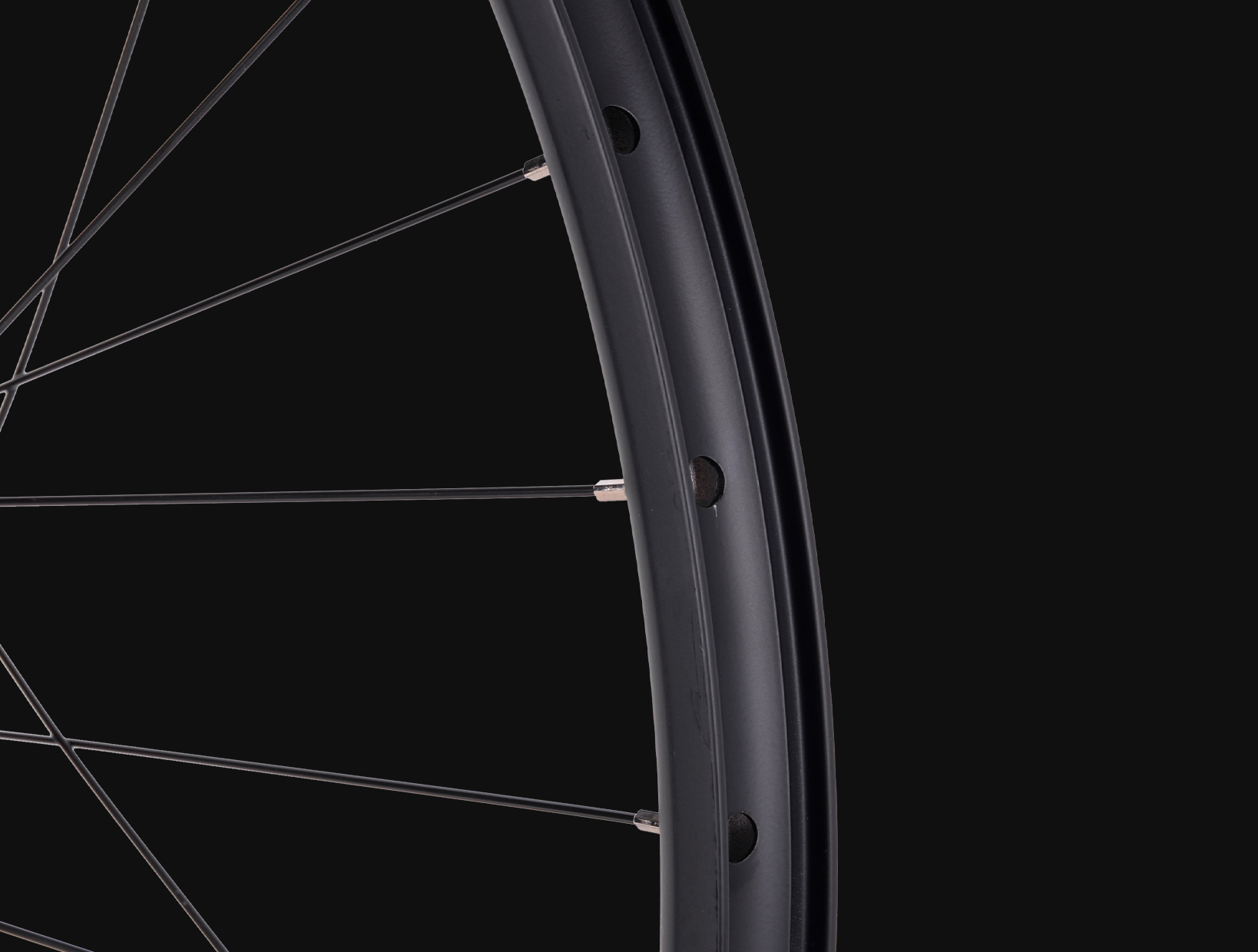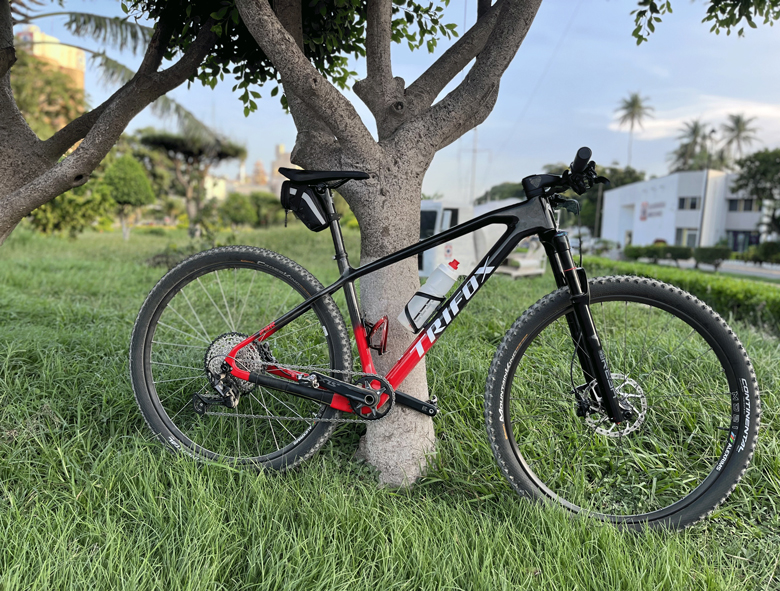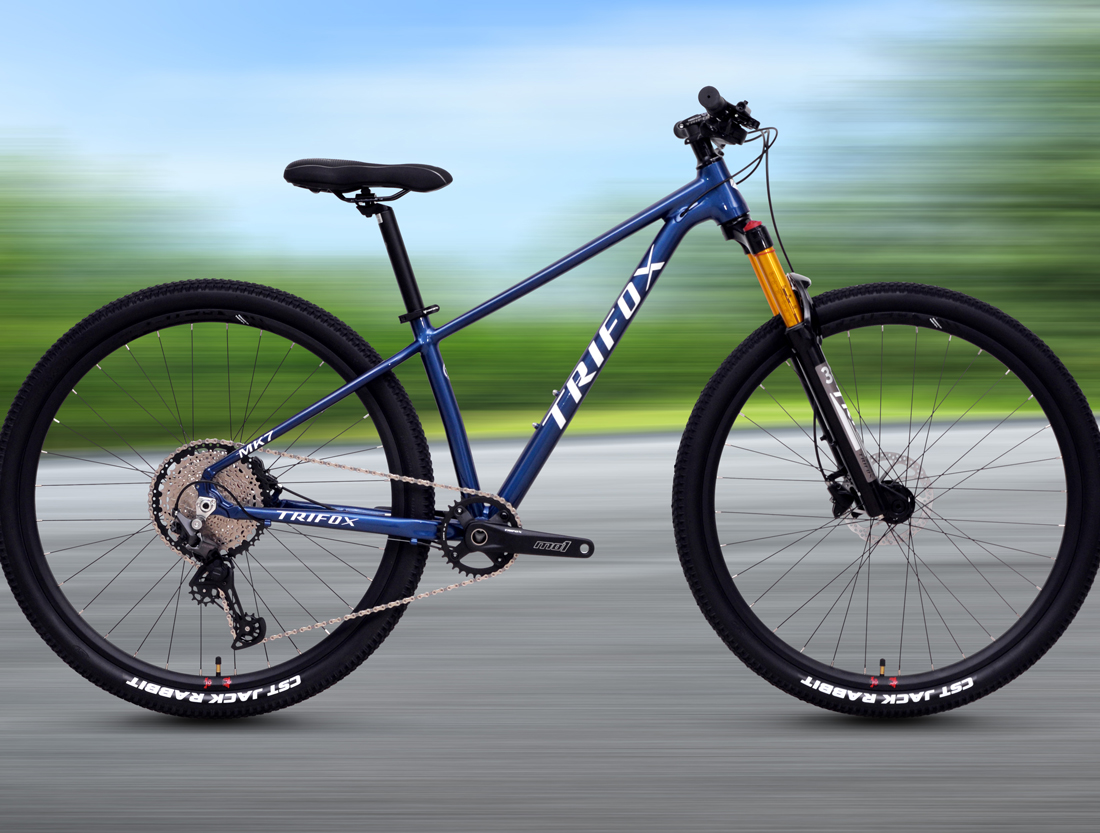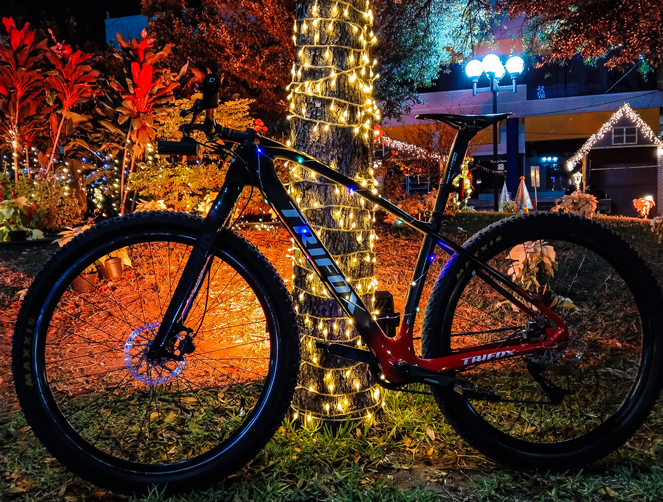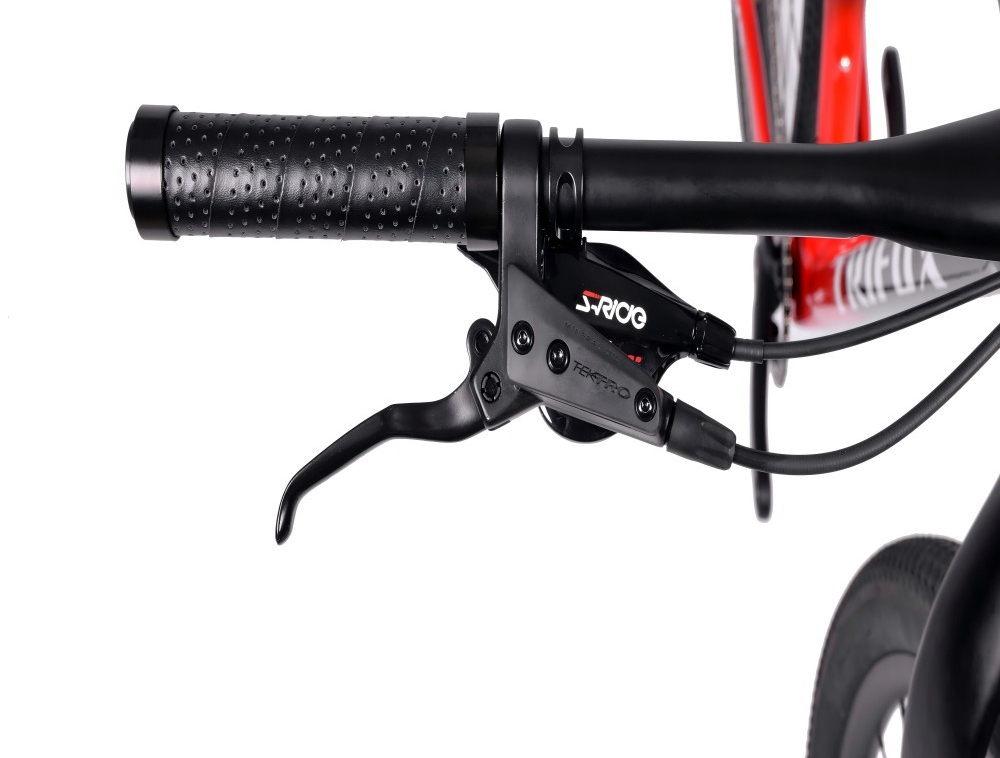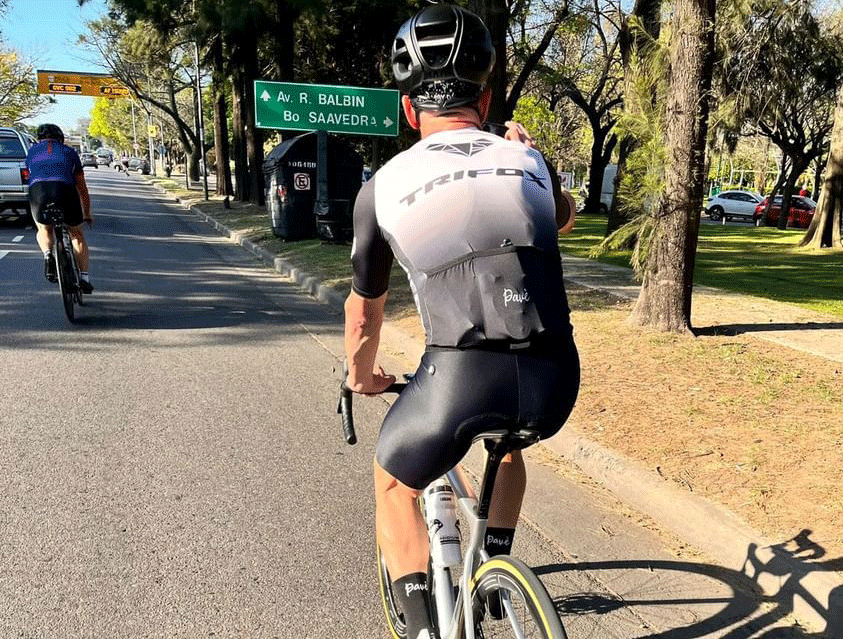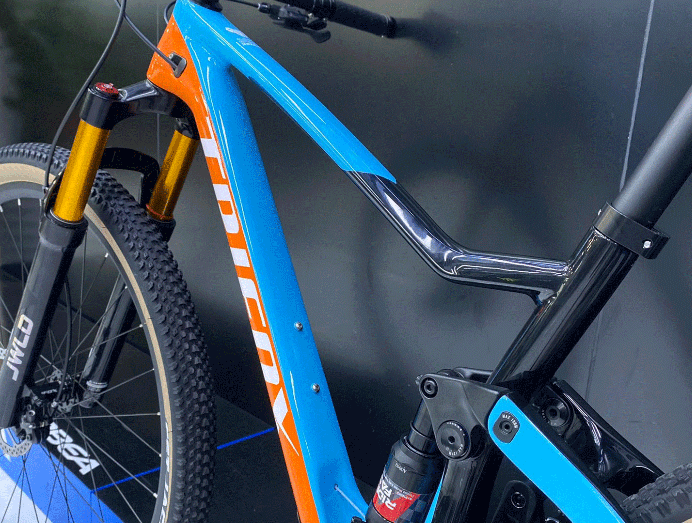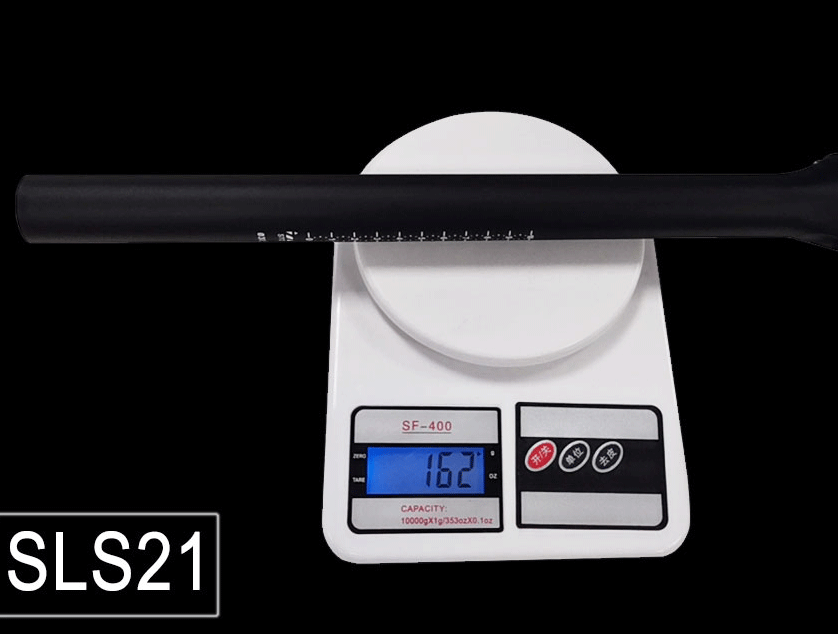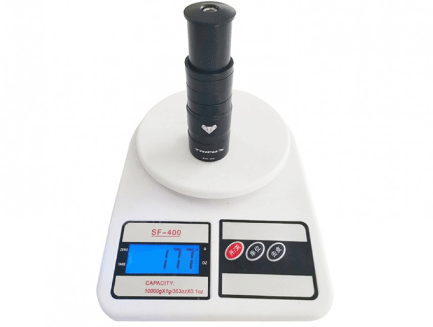Many people mistakenly believe that bicycles are equipped with transmissions to speed up riding. Even when buying bicycle, they judge the speed of the bicycle based on 24-speed, 30-speed, etc. In fact, the maximum power a person can produce is only 0.4 horsepower. The transmission is just a tool to help people bring out the maximum horsepower easily.
Generally, bicycles are used in cities, and there are actually many slopes in cities. For example, sometimes when you are riding a bicycle, you will feel that your pedals suddenly become heavier, and there are often many slopes that cannot be judged with your eyes. At this time, the role of the transmission can be fully reflected. If there is a transmission, you can ride easily as long as you can change to a lighter gear. Of course, this method can also be used when there is a headwind.
The advantage of the transmission is that it can help you effectively reduce your physical exertion when your physical strength is not good. For example, when you have a cold, your physical exertion should not be too great. If you choose lighter gears when riding, you will feel more relaxed. There are also women who are in poor health, students who are tired from exams, older people, etc., who can all use bicycle derailleurs flexibly, so the benefits of derailleurs are indeed too many.
Operate shifting gears correctly and efficiently
If the gear is too light, the rider's pedaling force will be uneven. If the leg force is too heavy, the rider's buttocks will not be able to sit stably on the seat cushion, causing the so-called "hip jump". In addition, due to excessive leg force, the pedaling posture changes, affecting the smoothness of the pedaling action. There are also many beginners who lack training at the beginning and lack sufficient muscle endurance in their legs. Although they use too heavy a gear, It can move forward with greater power, but because the muscles cannot withstand the pressure, sports injuries such as knee joint or muscle strains may occur. Beginners should measure their own physical condition and not forcefully ride in heavy gears in pursuit of speed. Traveling over long distances.
"Match appropriate gear ratios for different road conditions"
When some beginners choose a vehicle, they often like to adjust the gear ratio of the front and rear chainrings according to their own riding habits and preferences, but we should choose the one that suits our own preferences and achieve the most efficient pedaling output.
Novices often change gears immediately when they see a big slope and use a smaller transmission ratio. This directly leads to a sudden increase in frequency. When the muscles have not adapted, they will immediately feel muscle fatigue, and because the gear ratio is too light. , will cause an immediate decrease in speed. When other riders overtake, it will also cause the frequency of the legs that have suddenly become tired to increase again. In this way, as long as one or two slopes are passed, the relatively small transmission will immediately show weakness, so the correct When changing gears when climbing a hill, you should start to feel the pressure on your feet as the car reaches the middle of the slope, and then start shifting. The adjustment range is generally 2 or 3 gears at a time, depending on the specific slope increase. This requires not only physical strength but also It requires experience. Standing pedaling can also provide greater speed in the early stages of climbing, and can delay the reduction of the gear ratio, giving your feet sufficient time to adapt to the frequency.
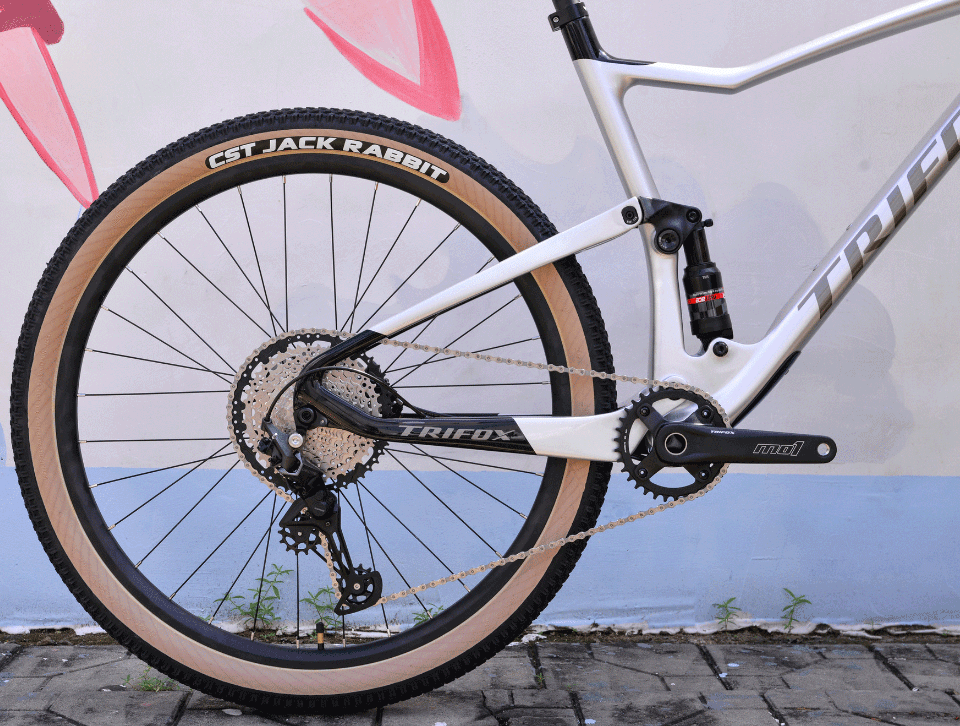
"Detailed analysis of specific road conditions"
level road
On a flat road, the front chainring is usually a small chainring, and the rear chainring is mainly matched with a 17 to 21 chainring. If riding with a tailwind, the rider can adjust the front chainring to a large chainring, and the rear chainring can be Freely match to achieve the effect of high-speed cruising.
sharp uphill
When riding on flat sections, if there are sharp short slopes ahead, such as bridges, hilly terrain, etc. The rider can rely on the inertia of the riding surface to rush up. The front chainring can be maintained in the position of the larger chainring, while the rear chainring should change gears according to the road conditions.
uphill
Because on uphill sections, it will increase the burden on the rider's legs when pedaling, resulting in excessive leg resistance. At this time, you should adjust the gear of the rear disc. Use the adjustment method one tooth at a time to gradually find the most suitable gear. With subsequent riding experience, you can easily find the gear that suits you.
When riding continuous uphill sections, the rider should change gears according to the terrain. Usually the front chainring is adjusted to a small gear, while the rear chainring is constantly changing gears to match the rapidly changing terrain conditions.
downhill
When riding continuous downhill sections, the first principle for beginners should be to maintain average pedaling efficiency and avoid affecting the vehicles behind. The front chainring can be adjusted to a large chainring, and the rear chainring can gradually lower the gear. Don't fail to adjust because of greed. If there is an unexpected situation or sharp bend and the brake is not enough, it may lead to serious accidents.
In fact, there is no so-called correct time to change gears during riding. After all, everyone's physical condition is different. Riders should listen and feel the level of their own riding before changing gears. Simply put, if you feel resistance while riding, you should shift gears. If the pedaling is too heavy, you should adjust the gear to a lighter level, and vice versa.
A well-fitting bike coupled with the correct riding posture will ensure you have a happy ride.





























































